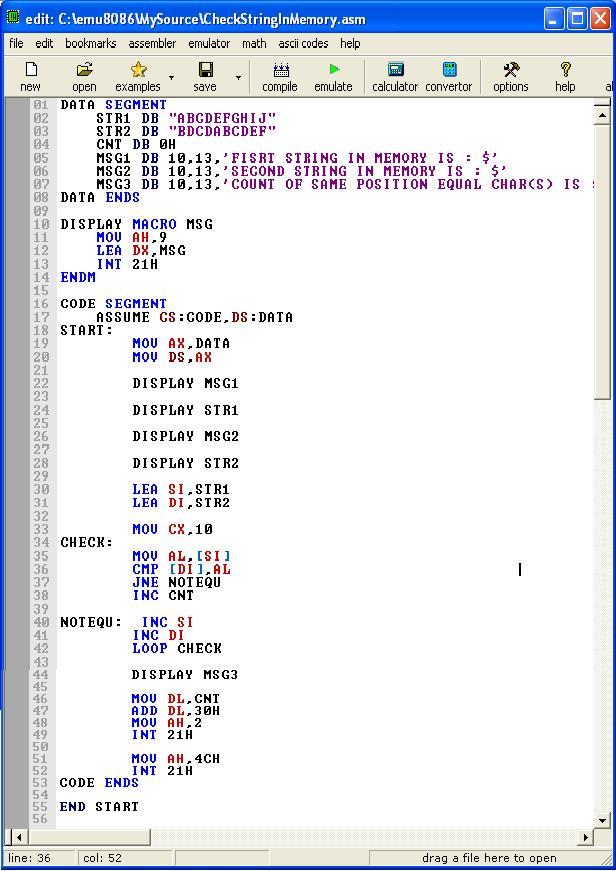

Or verbs with no difference in pronunciation. Many words, like ski and race, can be used as nouns In this chapter is on exploiting tags, and tagging text automatically. Used for a particular task is known as a tagset. Parts of speechĪre also known as word classes or lexical categories. Labeling them accordingly is known as part-of-speech tagging, The process of classifying words into their parts of speech and We will also see how tagging is the second step in the typical These techniquesĪre useful in many areas, and tagging gives us a simple context in which Sequence labeling, n-gram models, backoff, and evaluation. How can we automatically tag each word of a text with its word class?Īlong the way, we'll cover some fundamental techniques in NLP, including.What is a good Python data structure for storing words and their categories?.What are lexical categories and how are they used in natural language processing?.As we will see, they arise from simple analysis The idle invention of grammarians, but are useful categories for many Setting the document language and accurately tagging foreign-language text will not only make your content more accessible but will greatly improve the user experience as well.Back in elementary school you learnt the difference between nouns, verbs,Īdjectives, and adverbs. Usually the best approach is to use Unicode values to represent these characters.īilingual and multilingual documents are more common than they used to be, and this trend is likely to continue. Screen readers cannot always process accented characters accurately, which can result in some pretty strange pronunciations.
#Tagging numbers in different languages pdf#
One final consideration regarding multiple languages in accessible PDF files relates to accented letters.

#Tagging numbers in different languages software#
One thing to note is that the end user may need to download extensions of their screen reader software in order to access languages which don’t use the Roman alphabet (such as Mandarin, Russian and Japanese). When this feature is activated the screen reader will pronounce the text in each language as it should be spoken. The reason this is so important is that screen reader users can set their software to detect language. You would need to tag the English portion as English text, the French portion as French text, and the Spanish portion as Spanish text. This document contains English, French and Spanish versions of the menu. For example, let’s say you are tagging the dinner menu for a Mediterranean cruise ship (one of my favourite destinations). If the file contains content in more than one language, each block of text must be appropriately tagged. If the file is unilingual the language must be selected in the document properties, whether the content is English, Spanish or Swahili. But how should you handle files in other languages, particularly those that are bilingual or multilingual? If the content of a file is entirely in English you can select the language in the document properties. One issue that people often ask about is document language. This is a good place to start, but there are other important things to consider. If you’re testing files you’ll make sure that complex tables have been properly tagged, that the heading hierarchy is correct and that alt text has been applied where needed. When you think of accessible PDF files, elements such as lists, headings and tables probably come to mind.


 0 kommentar(er)
0 kommentar(er)
